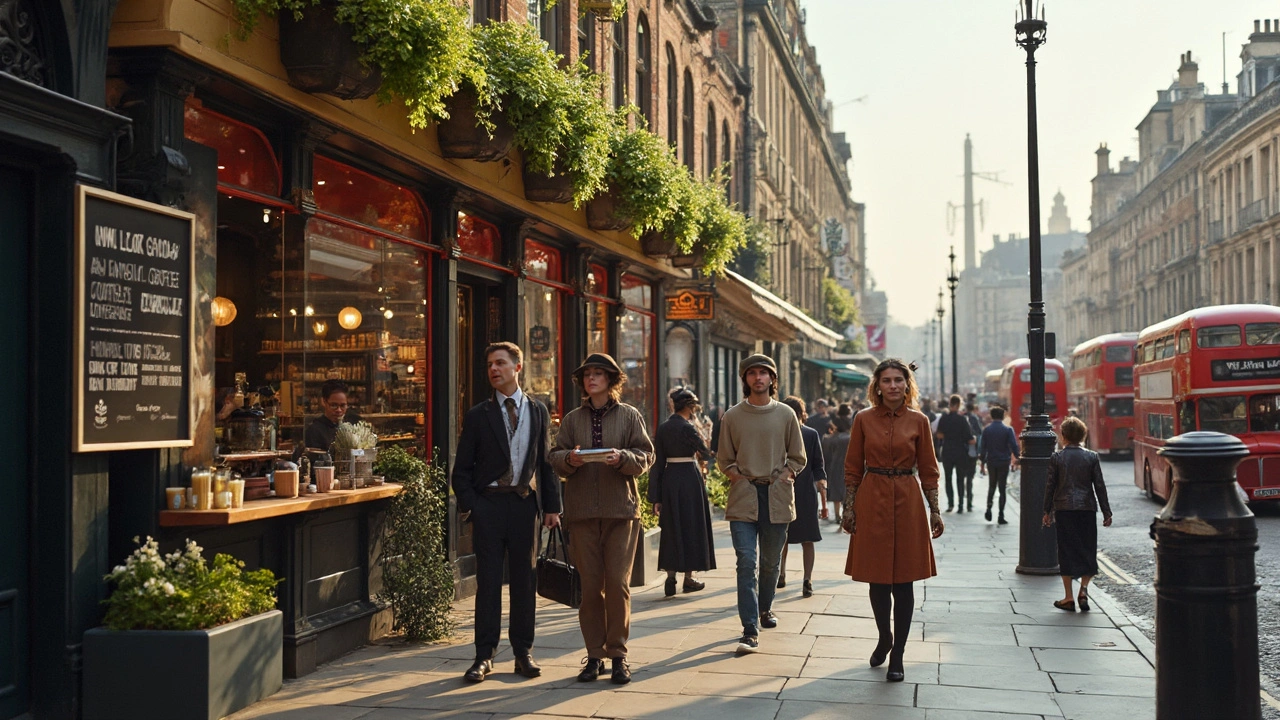Tradition in Architecture: Timeless Styles & How to Spot Them
Architecture tradition is the set of styles, rules, and details carried through generations. You see it in a Roman arch, a Georgian rowhouse, or a Gothic spire. Traditions give buildings meaning and help cities feel familiar. This short guide helps you recognize common traditional styles and explains why they still matter today.
How to Read Traditional Styles
Start by looking at three things: shape, materials, and ornament. Shape tells you the building’s bones — columns, arches, domes, or steep roofs. Materials reveal context — stone and heavy masonry often point to older periods, while brick and wood show regional choices. Ornament is the easiest to read fast: carved columns, stained glass, mosaics, or delicate trim each point to a family of styles.
Think of tradition like a visual fingerprint. Roman buildings favor strong arches and concrete engineering. Gothic and Gothic Revival use pointed arches and vertical lines. Greek Revival focuses on columns and symmetry. Once you pair a few features, the style becomes obvious.
Quick Guide: Spotting Key Features
Here are clear markers to watch for when you walk a street or browse photos:
- Ancient Roman / Romanesque: rounded arches, thick walls, small windows, and heavy stone. Look for vaults and aqueduct-like lines.
- Gothic / Gothic Revival: pointed arches, ribbed vaults, flying buttresses (or decorative versions), and tall, narrow windows with tracery or stained glass.
- Renaissance / Renaissance Revival: balanced proportions, classical columns, pilasters, and clear horizontal divisions between floors.
- Baroque / Rococo: dramatic curves, rich decoration, bold staircases, and playful details—Baroque is grand; Rococo is lighter and more decorative.
- Greek Revival: temple-like facades, large columns, pediments, and strong symmetry.
- Beaux-Arts: grand scale, sculptural decoration, arched windows, and formal stairways—often civic or museum buildings.
- Colonial / Dutch Colonial: simple symmetry, gambrel roofs for Dutch Colonial, and practical, homey proportions.
- Byzantine: large central domes, extensive mosaics, and a warm, inward-focused plan.
These markers are shortcuts. Many buildings mix traditions—think Renaissance details on a Baroque plan or modern materials with classical ornament.
Why care? Traditions shape neighborhoods, influence energy use, and inform conservation choices. If you renovate, knowing tradition helps you keep value while updating comfort. If you travel, spotting these traits makes buildings come alive.
Want a simple exercise? Pick a block, name three visible features, and match them to the list above. You’ll start recognizing patterns fast. Tradition isn’t about copying the past—it's about reading what came before and using it smarter today.

Revivalism's Role: Shaping Modern Society Through Change
Revivalism isn't just something from dusty history books; it's happening right now, shaping everything from culture to communities. This article unpacks why people are drawn toward reviving old traditions and how these movements can actually change modern life. You'll get real-life examples, surprising facts, and practical ways revivalism connects us all. Curious if your favorite coffee shop, music festival, or even spiritual community is influenced by revivalist trends? You're about to find out how deep this rabbit hole goes.
Read more